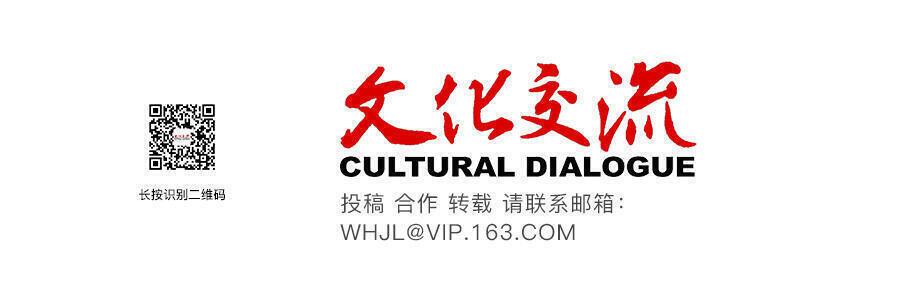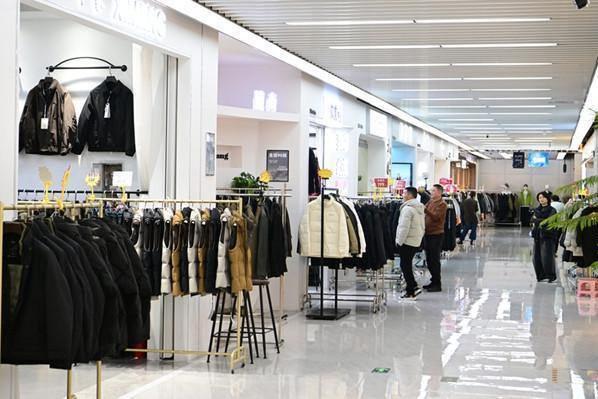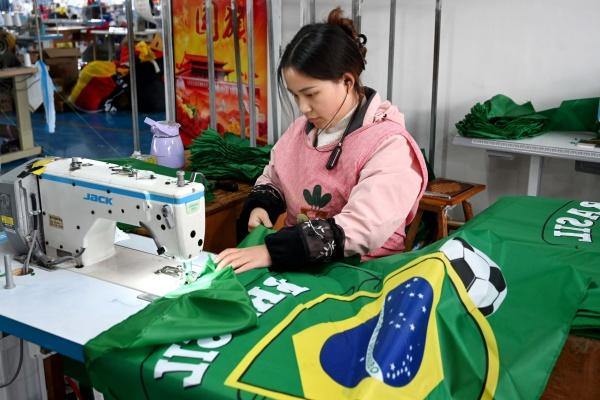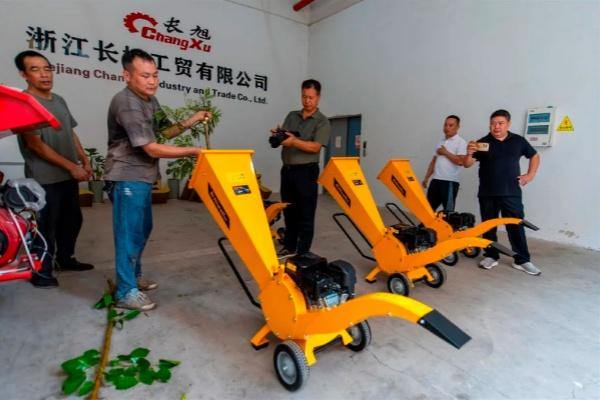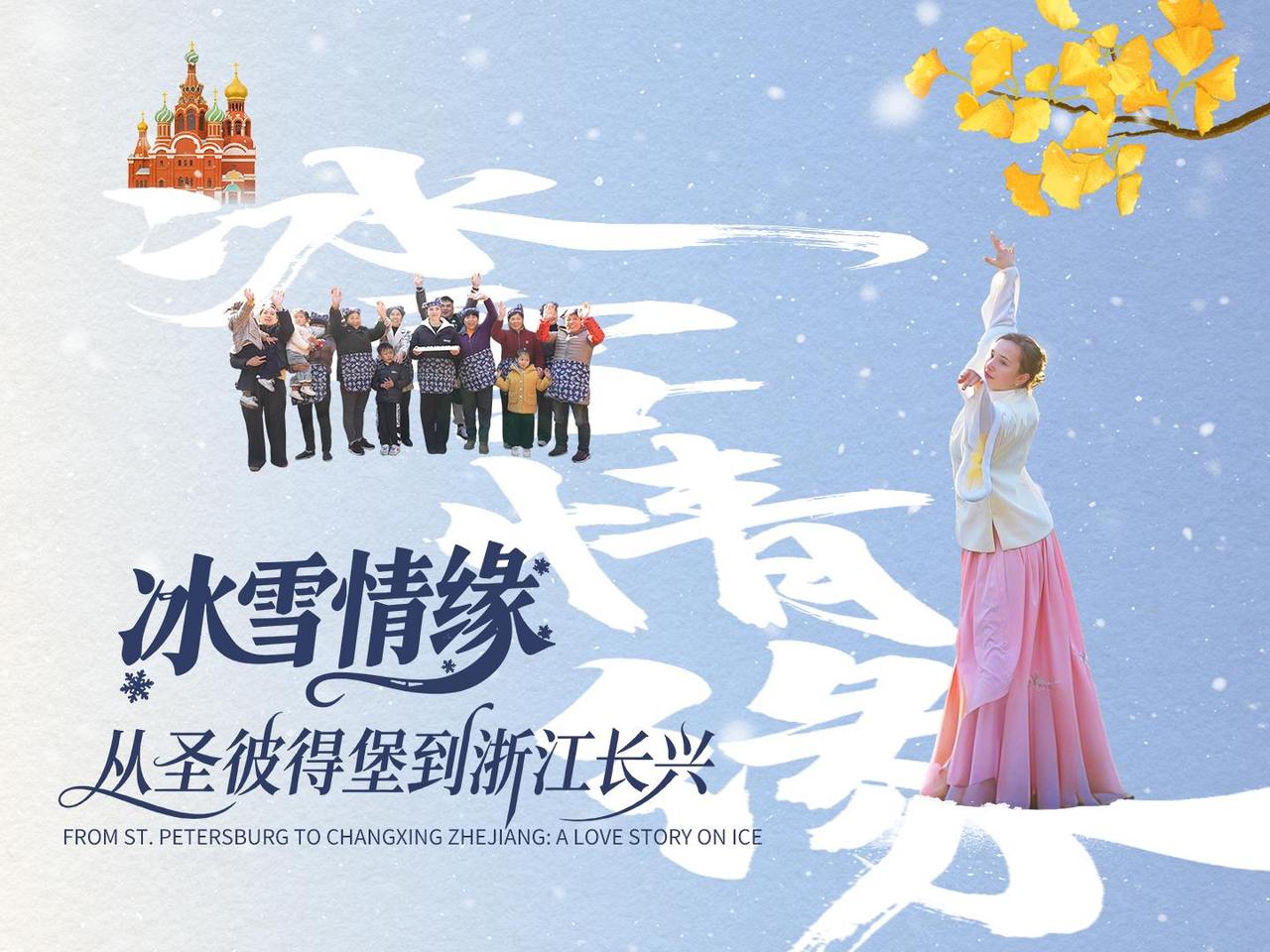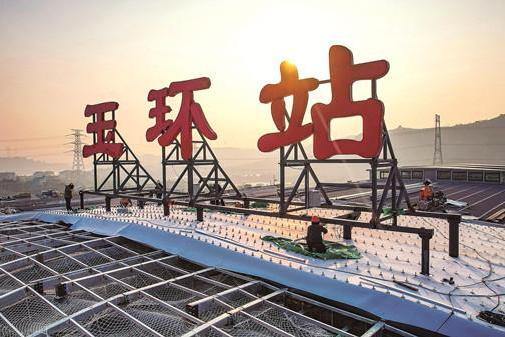The other day, I went with a friend to visit her father at a hospital for seniors where we ran into Zhang Houquan, a retired photographer at 92. Five minutes in the room and I was fascinated by the photographer’s stories. It turned out that he was one of the first-generation photographers after the founding of the People’s Republic of China in 1949. He worked at Zhejiang Yueju Opera Troupe and Zhejiang Slides Studio before his retirement. Many of his photos were used in slides created for the provincial government in international cultural exchange programs.
On February 26, 1972, American President Richard Nixon came to Hangzhou, one of the brief stops he made during his historical visit to China. Among the gifts he received in Hangzhou was a set of picture postcards titled published by Zhejiang People’s Press. The envelope of the postcard set presented , a photo taken by Zhang Houquan.
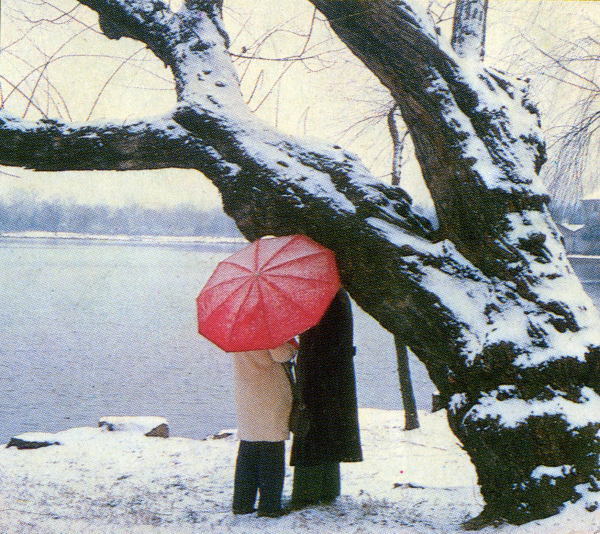
The photo was taken in 1963. That year, Shanghai People’s Art Publishing House planned to print a photo album about the West Lake. Yin Fukang, an editor of the Shanghai publisher, came to Hangzhou and set things ready for the shooting project. He stayed at Xinxin Hotel on the West Lake. Tan Tiemin, a member of the Zhejiang Photographers’ Association, introduced Zhang Houquan to Yin. Zhang and Yin planned to take a photo from the top of the west wing of the hotel. They thought it would be a good idea for a boat to appear in the photo. A boat was moored near the hotel at the night before. In the early morning Zhang and Yin got to the dome of the west wing while two young colleagues took care of the boat.
It was a morning half in autumn and half in winter. Zhang and Yin got up early. Zhang began by roping himself to the lightening rod on the dome of the west wing. Then, Yin uplifted eight cameras up one by one to Zhang. Zhang got the cameras and hanged them onto his neck. To avoid dropping the cameras by accident, he also tied the cameras to the lightening rod. Zhang gestured to the two colleagues on the boat far below. They began to row. They followed a planned route to and fro on the lake. Shortly past six o’clock in the morning, the sun rose from behind the hills across the lake. There was no wind; the lake was calm; clouds were good, too. Zhang knew he must hurry or light would soon change. It took Zhang about 20 minutes to shoot over 200 photos in the eight cameras. Three cameras were his and one of the photos in his three cameras appeared on the envelope of the postcard set.
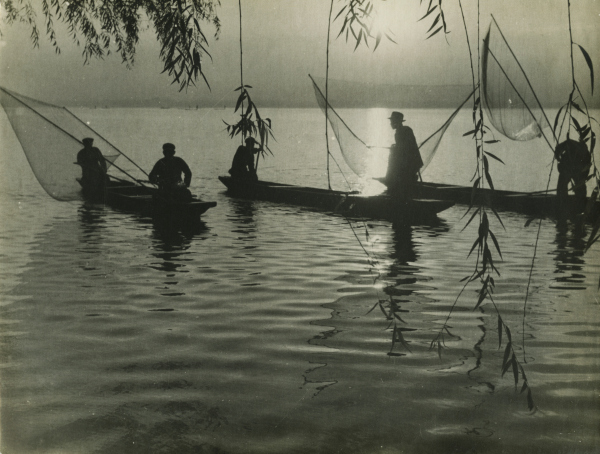
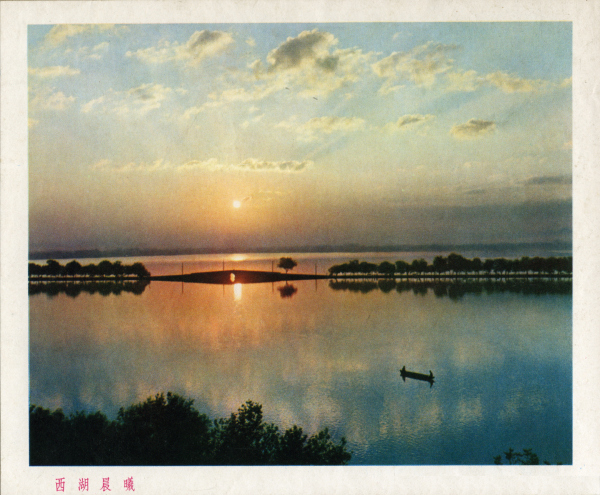
When Zhang told me this rooftop adventure, he said all he heard at that time was the rapid clicking sound of the shutters. The vivid clicking sound he can still hear now.
This project in 1963 marked a turning point of Zhang’s photographer career. He had learned how to paint when he was a kid. His maternal grandfather was an artist. He aspired to be a professional artist. It was only by chance that he became a photographer. The art essentials he picked up as a boy did help him succeed as a photographer. After the shooting project in 1963, he dedicated himself to photographing the scenic West Lake. In order to take good photographs, he got up at four o’clock every morning and left home by 5 o’clock and pedaled a bike all the way to the West Lake. He visited all the scenic spots around the lake and on the hills that flank the lake on three sides. He got to learn all about these spots. The thorough field studies enabled him to visualize what would appear in the viewfinder at a specific spot and what he wanted in the viewfinder from there in different seasons.

One summer morning in 1978, he got up early and left home for the lake at five o’clock. His destination was Autumnal Moon on the Calm Lake, a platform extending out on the lake, a scenic spot not far from the Solitary Hill. When he reached Xiling Bridge, it rained. He hurried into a pavilion by the bridge to wait out the rain. The rain soon moved eastward. He was about to mount the bike when he glanced casually westward and spotted a rainbow high in the sky above the Rainbow Bridge on the Su Causeway. He immediately trained his Canon camera onto the rainbow and clicked fast to use up all the remaining nine frames. Before he had time to get his Rolleiflex, the rainbow disappeared. Disappointed, Zhang got a new film roll into his Canon and resumed his eastward trip to the platform. He reached the platform and it was raining. So he got under the roof of the west side. Pretty soon, the rain stopped. There appeared a bright rainbow in the sky right above the pavilion about 50 meters away from where he was. This time, he clicked fast. Again, he didn’t have time to use Rolleiflex. The rainbow lasted only briefly before it vanished.
“I photographed two different rainbows in one day. This has happened in my lifetime only once,” explains Zhang. He later tried to wait for a rainbow on the Su Causeway many times, but nothing came out of these waits.
